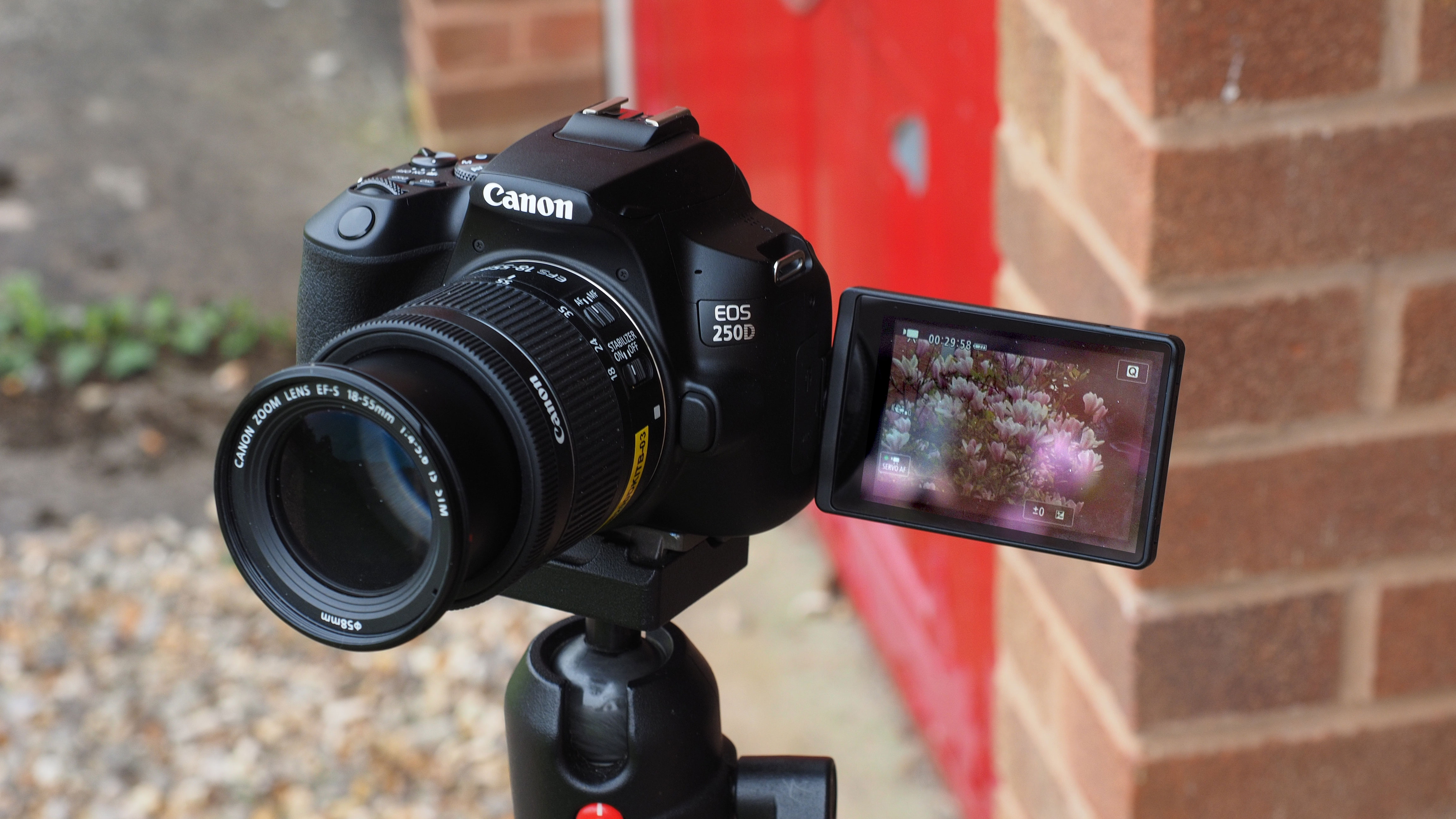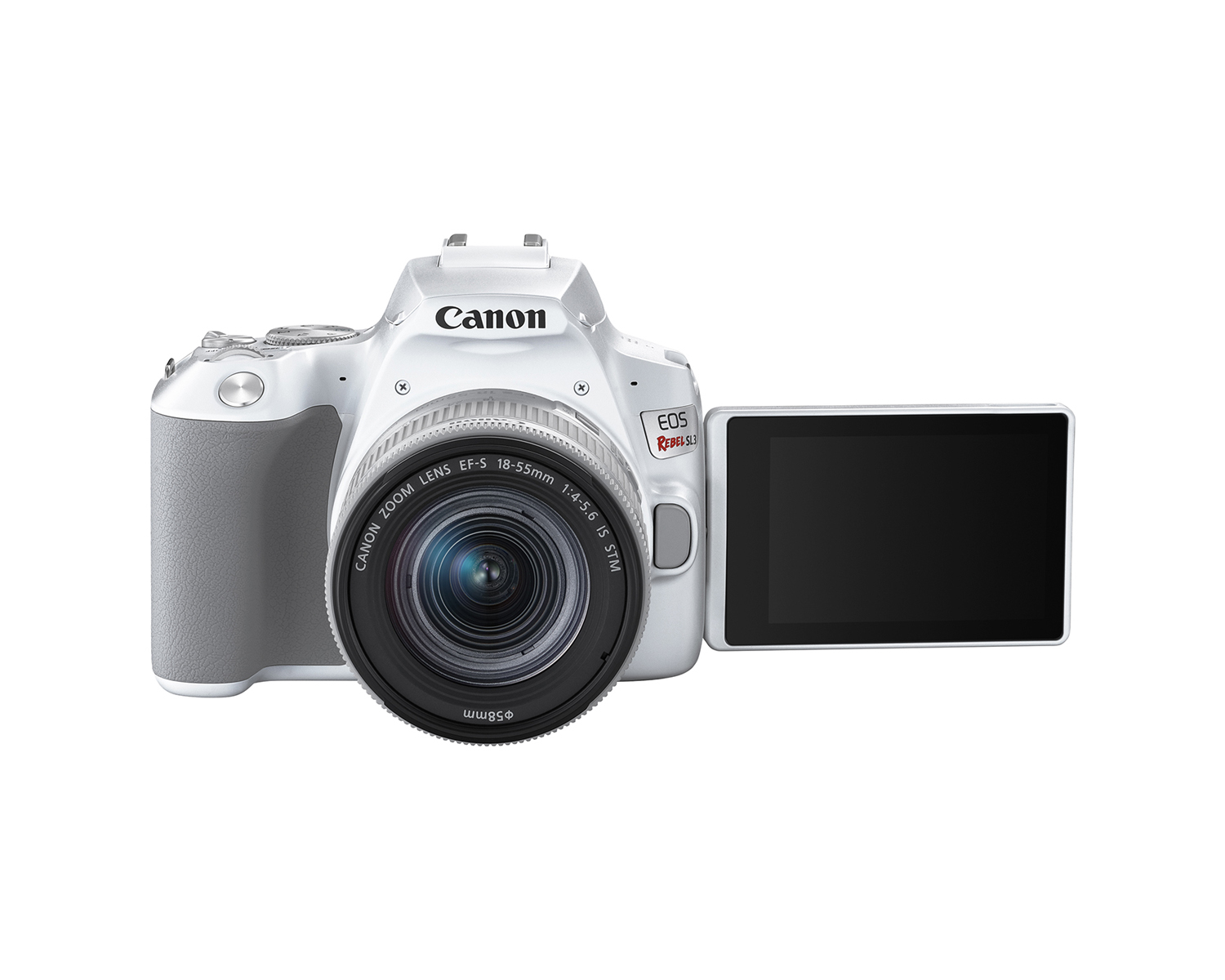Should you buy a Canon EOS Rebel SL3 in 2022?
Canon’s long running entry level DSLR still has a lot going for it… and yes, we have heard of mirrorless cameras, thank you

The Canon EOS Rebel SL3 was first launched back in April 2019, which is actually not that long ago but seems like an age in the world of digital imaging. Just to confuse things, it’s also called the EOS 250D in Europe, the EOS 200D Mark II in Australia, or the EOS Kiss X10 in Japan.
Whatever it’s called where you are, it’s a firm favorite in our list of the best cameras for beginners and the best cameras for students (and film students). It’s definitely one of the best DSLRs you can still buy.
So why is this? It’s a DSLR, so why is it still so important and why do we still rate the Canon EOS Rebel SL3 so highly? Despite the avalanche of mirrorless cameras in the past couple of years and the constantly evolving hype around AF and video, it’s important to remember that many, many users don’t need the latest gear and just want a simple, affordable and versatile camera. And the EOS Rebel SL3 is definitely that.

Why we still rate the Canon EOS Rebel SL3
It’s Canon’s smallest DSLR and, while it’s not the cheapest, it’s the cheapest we would recommend buying and definitely one of the best Canon cameras. And even three years after its launch, it still packs all the features that beginners and students are likely to need.
First, it still has a classic DSLR optical viewfinder, which will always look more ‘real’ than the EVF on a mirrorless camera. But the SL3 also has the autofocus of a mirrorless camera in its live view mode, thanks to Canon’s excellent Dual Pixel CMOS autofocus tech. It has a fully vari-angle screen too, which we love.
You wouldn’t pick the Rebel SL3 specifically for video, but it still does a pretty fair job. It can shoot both 1080p and 4K, even if 4K does come with a crop factor and some restrictions on autofocus.
It also has a 24MP CMOS sensor only one step down in resolution from Canon’s latest flagship APS-C cameras, so it’s going to be great for stills photography and will largely match anything its APS-C rivals can do.
Get the Digital Camera World Newsletter
The best camera deals, reviews, product advice, and unmissable photography news, direct to your inbox!
But perhaps the biggest draw, especially for students, is the huge range of EF-S lenses out there both in the new and used market. Many of the best Canon lenses are for its DSLRs. And if you are tempted by the brand new mirrorless Canon EOS R10 or R7, be aware that right now there are only TWO native EOS R-S lenses for these cameras.
The only way round that is to use Canon’s EF to RF adaptor to mount those swarms of EF-S lenses still out there. And if you’re going to do that, you might as well save yourself some money and buy the EOS Rebel SLR, a camera actually designed to use them. (The other mirrorless alternative is the Canon EF-M range, but those lenses aren't compatible with anything else and but reckon the EOS M system on the way out.)
There will come a time when DSLRs like the Canon EOS Rebel SL3 are finally consigned to the history books – but not yet!
Also read…
50 best camera accessories

Rod is an independent photography journalist and editor, and a long-standing Digital Camera World contributor, having previously worked as DCW's Group Reviews editor. Before that he has been technique editor on N-Photo, Head of Testing for the photography division and Camera Channel editor on TechRadar, as well as contributing to many other publications. He has been writing about photography technique, photo editing and digital cameras since they first appeared, and before that began his career writing about film photography. He has used and reviewed practically every interchangeable lens camera launched in the past 20 years, from entry-level DSLRs to medium format cameras, together with lenses, tripods, gimbals, light meters, camera bags and more. Rod has his own camera gear blog at fotovolo.com but also writes about photo-editing applications and techniques at lifeafterphotoshop.com
